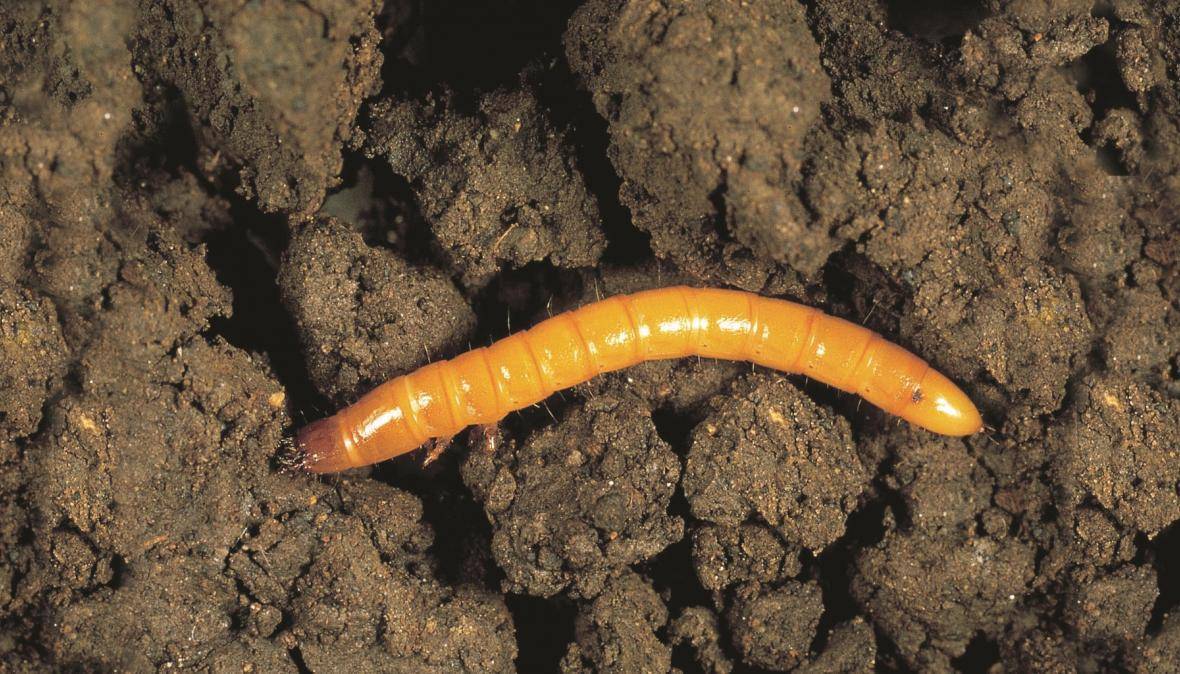#AgriotesLineatus #Wireworm #CropDamage #PestManagement #CropRotation #Insecticides #BaitingTechniques
Wireworms, also known as the larvae of click beetles, are a significant threat to agriculture. Among the many species of wireworms, Agriotes lineatus is a particularly damaging pest that attacks a wide variety of crops, including corn, potatoes, and strawberries. In this article, we will explore the development and consequences of wireworm infestation and discuss measures to combat them.
Agriotes lineatus has a long life cycle, which can last up to four years. During this time, they can cause significant damage to crops by feeding on the seeds and roots, leading to stunted growth and reduced yields. Wireworms can also transmit plant diseases, further exacerbating the damage.
The development of Agriotes lineatus is closely linked to soil moisture and temperature. In moist conditions, the eggs hatch into larvae that immediately start feeding on the roots of plants. As the larvae grow, they molt several times and can cause more damage. In the spring, the larvae pupate and transform into adult click beetles, which then lay eggs and start the cycle anew.
To combat Agriotes lineatus infestations, farmers can use several measures. One is crop rotation, which can help break the life cycle of the pest by denying them a suitable host plant. Another is the use of insecticides, which can kill the larvae before they cause significant damage. Farmers can also use baiting techniques to lure the wireworms away from crops and into traps.
In conclusion, Agriotes lineatus is a significant threat to agriculture, and understanding their development and behavior is crucial in combating their infestations. Through effective management techniques, farmers can reduce the damage caused by wireworms and ensure healthy crop yields.

